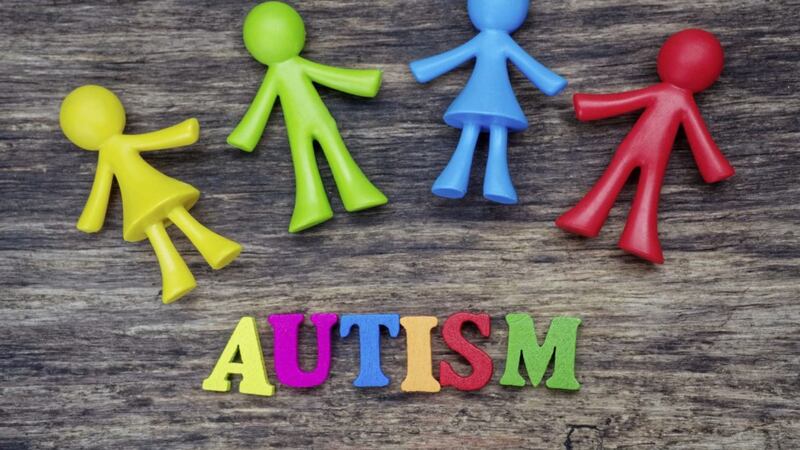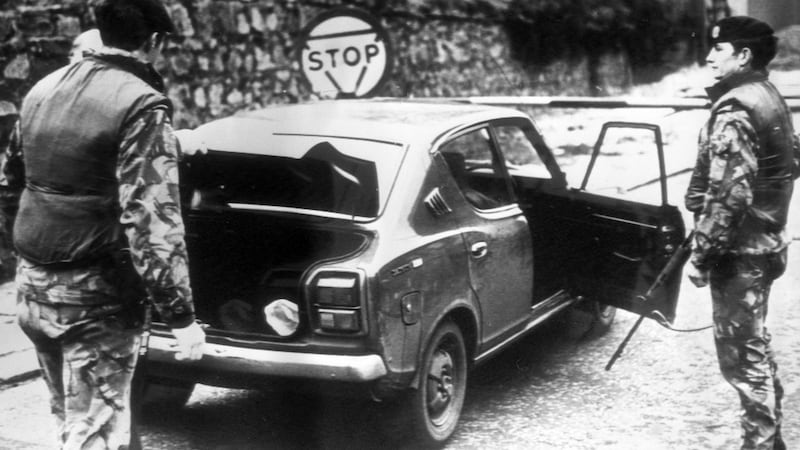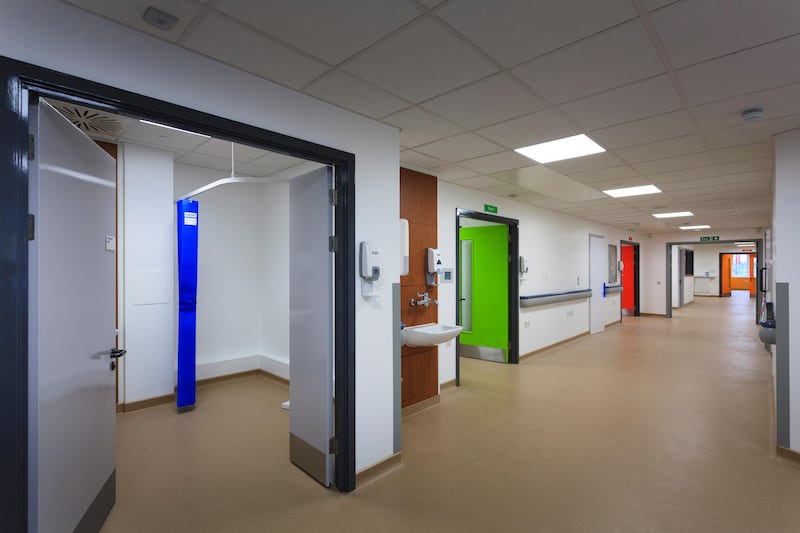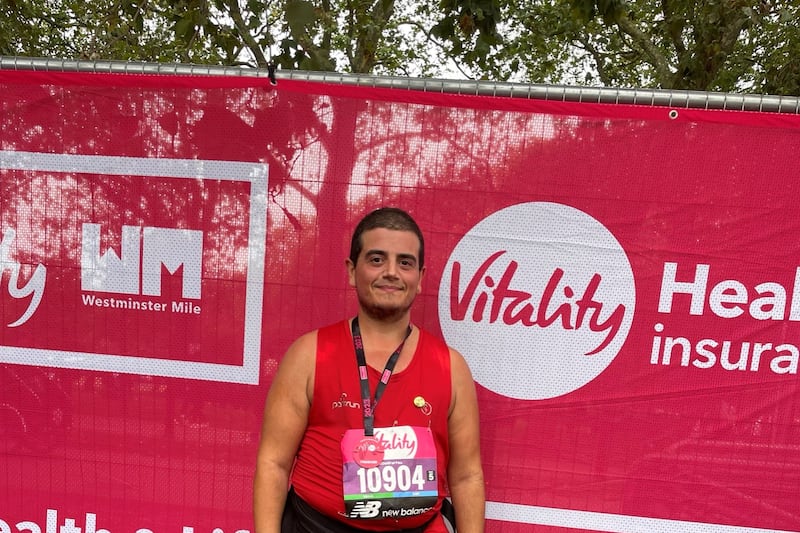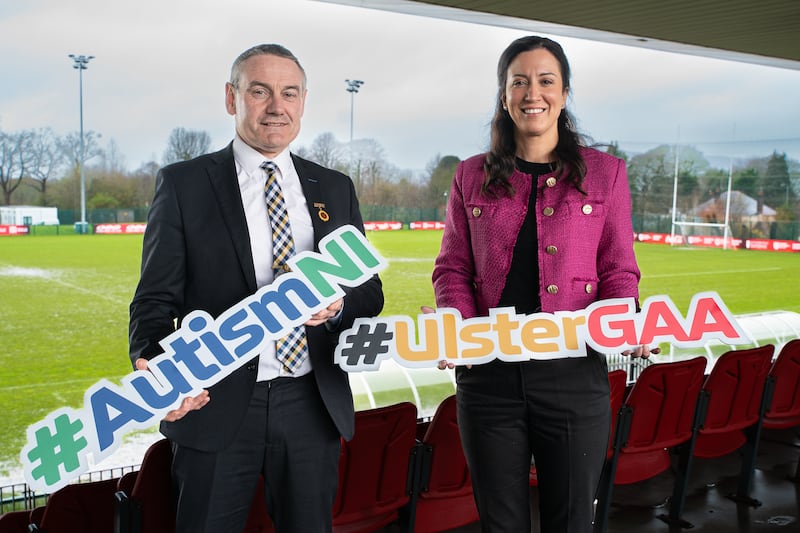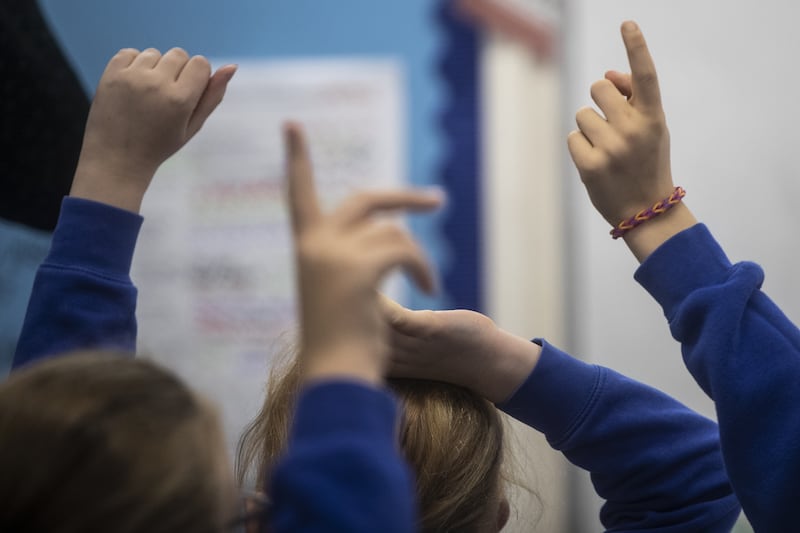SCHOOLBOYS are three times more likely than girls to be identified with autism.
More than 12,000 pupils in the north have autism or Asperger's Syndrome, according to new Department of Health statistics.
Those in urban areas have a statistically significant higher prevalence than the rural population.
The figures also show that the rate in the most deprived areas is much higher than the Northern Ireland average.
Autism is a developmental disability that influences a person's ability to communicate and relate to other people, as well as affecting how they make sense of the world.
It is a spectrum condition, meaning that while people will have similar problems, overall their condition will impact them in different ways. Some may be able to lead independent lives while others will require a lifetime of specialist support.
Asperger's Syndrome is a similar condition; however these children do not generally experience the same language and learning disabilities. They are more likely to have difficulties in the areas of social imagination, communication and interaction.
Figures from the 2019/20 Northern Ireland School Census show that 12,544 school-aged children had been diagnosed with autism - about 4.2 per cent of all pupils..
This was an increase from 3.3 per cent in 2018/19. However due to a change in the way the census collected autism data this year, the department guided that the figures were not directly comparable.
"The increase may indicate that the previous methodology underestimated the number of children with autism and that the jump in the figure is partly due to methodology, not solely an increase in prevalence," it said.
It further found that 6.4 per cent of boys were identified compared with 2 per cent of girls.
The highest prevalence rate recorded was 5.1 per cent for P7s and the lowest was 2 per cent in P1. Generally there is a steady rise from P1 upwards.
The statistics also showed that 14 per cent of the children with autism did not have any special educational needs (SEN). Of those with SEN, almost two-thirds required a statement.
Almost 40 per cent of children with autism were living in the north's most deprived areas.
"The rate of autism in school aged children in the 10 per cent most deprived areas in Northern Ireland stood at 5,806 cases per 100,000 population in 2019/20. This was almost two-fifths (37 per cent) higher than the regional average, 4,237 cases per 100,000 population."
